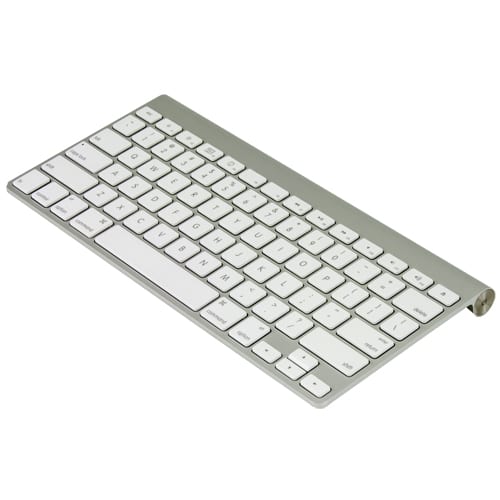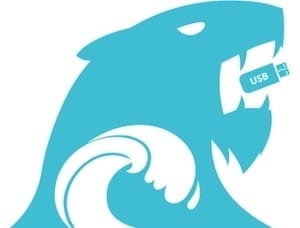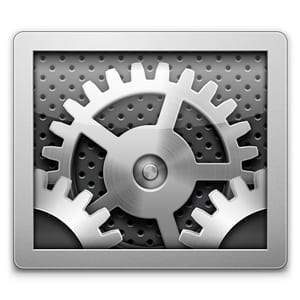 Are you a new Macintosh user? Perhaps you’re just new to Lion or maybe you’ve been using Macs for years and you just want to brush up on things? Whatever the case, the OWC Tech crew have gotten together to bring you some quick tech tips – kind of a “stocking stuffer” of sorts.
Are you a new Macintosh user? Perhaps you’re just new to Lion or maybe you’ve been using Macs for years and you just want to brush up on things? Whatever the case, the OWC Tech crew have gotten together to bring you some quick tech tips – kind of a “stocking stuffer” of sorts.
Comparing Prices/Products? Swap back and forth easily with Tabs. (OWC Laura)
Tabbed browsing isn’t anything new, but it sure makes switching between one page or another a lot easier. Interestingly enough, the command for opening a new tab in your browser window is the same in Safari, Firefox, and Google Chrome. A simple Command-T in any of these will open up a new tab, leaving the other page as it was. You can also Command-click on a link and it will open up the link in a new tab – incredibly handy when you’re not finished with the page you’re on.
Quick Switching Between Open Applications (OWC Ben P)
Want to switch between programs or close a bunch of programs at once? To switch programs quickly, hold the Command button down as you tap the Tab key. Tap Tab repeatedly to scroll through all your open applications. Once the app you want is highlighted, release the Command button and the selected program will move to the front.
To quit multiple programs at once do the same Command-Tab to bring up the active programs and tap Tab to get to the program you wish to quit. Once the application you want to end is highlighted, tap Q to quit.
Customize Your Desktop with New Icons (OWC Devin)
Want an easy way to tell your different Hard Drives and Folders apart? Use custom icons for them. To change the icon image, first find the icon you want to use; you can make your own or find them online – we even have some OWC-themed ones available for download. Simply click on the icon you want on your desktop and select File > Get Info. In the Get Info window, click on the mini icon in the upper-left and select Edit > Copy to copy it to the clipboard. Then do the same with the icon you want to change, except use Edit >Paste to paste the new icon over the old one.
Use Lion’s System Information to Learn More About Your Mac (OWC Chris S)
“System Information” (Lion’s replacement for System Profiler) has been vastly improved over previous versions. The easiest way to access it is Apple Menu>About This Mac>More Info. By clicking the various tabs across the top of the window, you can see how much memory is installed and in which slots, available space on your hard drive(s) and what seems to be taking up the most space (something apparently brought over from iOS), and even direct links to machine-specific pages on the Apple Support site.
Handy Keyboard Shortcuts (OWC Brian)
Just last week, I looked at my screen and realized I had accidentally expanded the iTunes window beyond the resolution of my monitor. I tried dragging it around, changing resolution, looking at all the menu items, but nothing would re-size the window and I could not bring my cursor low enough to re size the window.
After trying several different key commands, I discovered that if I held down the option key and hit the green “+” the window will automatically resize to the monitors resolution. This also happens to work in most OS X applications.
There are many different shortcuts/key commands that aren’t readily apparent. Fortunately, Apple has a really nice reference to those keyboard shortcuts in their Support Site.
Zap PRAM to Fix Some Startup Issues (OWC Andy)
Parameter RAM (or PRAM) has been a feature on nearly every Mac ever produced. It is simply a small piece of non-volatile RAM that is used to store various system and device information that is very quickly found by the Mac OS when needed. Sometimes, when the information stored here becomes corrupted , various issues with the computer appear, including:
- Startup Disk settings
- Video and Display settings
- Sound settings
- Time and Date settings
Under every version of OS X, resetting the PRAM will only affect the settings listed above and it use should be limited to those issues. Under earlier versions of the Mac OS “Zapping the PRAM” would very often cause a misbehaving Mac to return to working condition.
Should you need to reset the PRAM, here are the instructions:
- Shut down your Mac.
- Find the Command (Apple), Option, “P”, and “R” keys.
- Start the computer and hold down these keys before the gray screen appears.
- Hold these keys down until you see or hear the computer restart four times.
- On the fourth restart, let go of the keys and let the Mac boot normally.
This old and trusted trick of the trade is not the star that it once was, but for video refresh rates reset by someone or sound settings gone awry, it’s still a quick fix worth trying.
Find Special Text Characters Easily (OWC Ben M.)
Sometimes, you need a special character that’s not readily apparent on your keyboard, like ¢, é, ñ, ™, or even ±. While, eventually, you’ll probably memorize the keystrokes for the ones you use the most, you still need to learn them. The easiest way is by enabling the Keyboard & Character Viewer, located in System Preference -> Language and Text -> Input Sources. It will show up as a menu bar item in the top right corner of the screen. From the drop down menu you can chose “Show Keyboard Viewer.” With the viewer open, you can hold down different combinations of modifier keys (control, option, shift) to see the different characters that can be accessed using those modifier keys.








